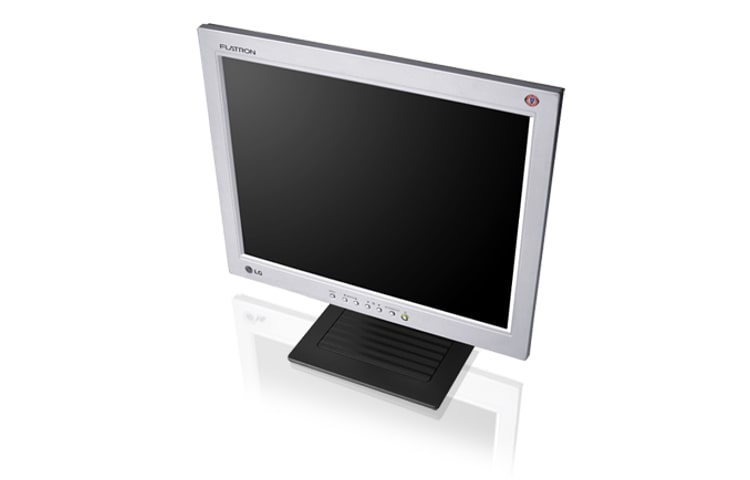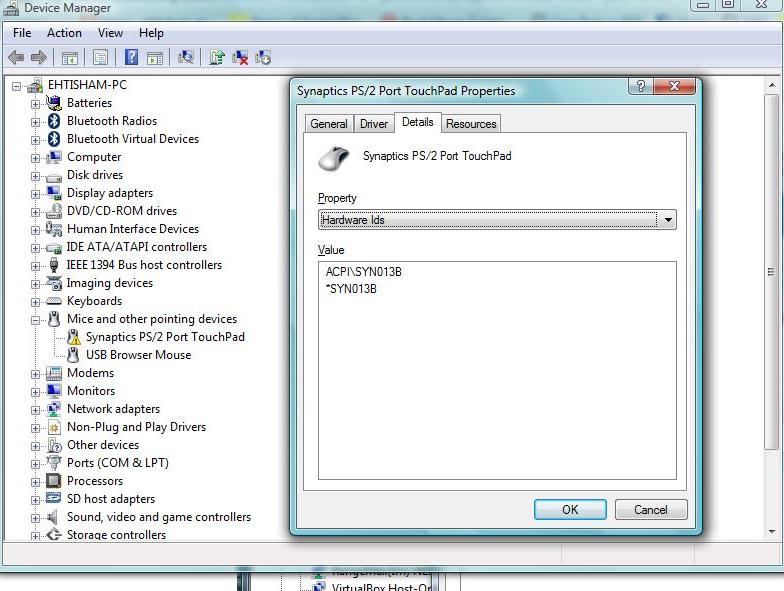- General Touch Mice & Touchpads Driver Download For Windows
- Touchpad Driver For Windows Vista
- General Touch Mice & Touchpads Driver Download For Windows 8
- General Touch Mice & Touchpads Driver Download For Windows 7
A computer mouse is a handheld hardware input device that controls a cursor in a GUI (graphical user interface) and can move and select text, icons, files, and folders on your computer.
For desktop computers, the mouse is placed on a flat surface (e.g., mouse pad or desk) in front of your computer. The picture is an example of a Logitech desktop computer mouse with two primary buttons and a wheel.
General Touch Mice & Touchpads Driver Download For Windows
Press Windows logo key, type Touchpad settings and press enter.To perform these steps you will need to connect an external mouse. Update the touchpad drivers. Right-click Start/window; From the list of results click Device Manager; Select Mice and other pointing devices. My touch screen stopped working. A Brief History of the Computer Mouse and Touchpad In 1974, The first workstation computer, known as the Xerox Alto, was created by Xerox. The computer included a fully functional keyboard, display, and mouse. Even then, it could display windows, menus and icons as an interface to its operating system.
Who invented the mouse?

The mouse was initially known as the X-Y Position Indicator for a Display System and was invented by Douglas Engelbart in 1963 while working at Xerox PARC. But, due to Alto's lack of success, the first widely used application of the mouse was with the Apple Lisa computer. Today, this pointing device is on virtually every computer.
What are the uses of a mouse?
Below is a list of computer mouse functions to give you an idea of all the things a mouse is capable of doing.
- Move the mouse cursor - The primary function is to move the mouse pointer on the screen.
- Open or execute a program - Once you've moved the pointer to an icon, folder, or another object clicking or double-clicking that object opens the document or executes the program.
- Select - A mouse also allows you to select text or a file or highlight and select multiple files at once.
- Drag-and-drop - Once something is selected, it can also be moved using the drag-and-drop method.
- Hover - Moving the mouse cursor over objects with hover information helps discover each object's function. For example, hover the mouse over the 'hover' link to see an example.
- Scroll - When working with a long document or viewing a long web page, you may need to scroll up or down. To scroll, use the mouse wheel, or click-and-drag the scroll bar.
- Perform other functions - Many desktop mice also have buttons that can be programmed to perform any function. For example, many mice have two side buttons on the thumb portion of the mouse. The button closest to the palm can be programmed to go back to the previously viewed web page in a browser.
For help with using a mouse and performing all the above functions, see: How to use a computer mouse.

How has the mouse increased computer usability?
By using a computer mouse, you don't have to memorize commands, such as those utilized in a text-based command line environment like MS-DOS. For example, in MS-DOS, you would need to know the cd command and dir command and type the commands on the keyboard to open a directory (folder) and view its files. Whereas a Windows user only has to double-click to open a folder and see its contents.
Types of computer mice
Below is a listing of all the types of computer mice and pointing devices used with a computer. Today, for a desktop computer, the most common type of mouse is an optical mouse that connects to the USB port and known as a USB mouse. For laptop computers, the most common type of mouse is the touchpad.
Computer mouse ports
Today, most computer mice connect to a computer using a USB port. Below is a list of ports and wireless connections a mouse is capable of using.
What are the parts of a computer mouse?
The parts of a computer mouse can vary by the type of computer mouse. Below is a general overview of the parts found on most computer mice.
Buttons
Today, almost all computer mice have at least two buttons, a left button and right button for clicking and manipulating objects and text. In the past, there were mice with only one button. For example, many of the early Apple computer mice only had one button.
Ball, laser, or LED
A desktop mouse uses a ball and rollers if it's a mechanical mouse or a laser or LED if it's an optical mouse. These components track the movement of the mouse on an x-axis and y-axis and move the mouse cursor on the screen. In the picture is an example of the bottom of a mechanical and optical mouse.
Mouse wheel
Today's desktop computer mice also usually include a mouse wheel that allows you to scroll up and down on a page.
TipInstead of rolling the wheel, if you push in on the wheel, it can be used as a third button.
Circuit board
To transmit (input) all mouse signal information, clicks, and other information, the mouse must also have a circuit board with integrated circuits.
Cable or wireless receiver
For a corded mouse, it also includes a cable with a plug that connects to the computer. Today, most corded mice connect to the USB port. If your computer has a wireless mouse, it needs a USB wireless receiver to receive the wireless signal and input it into the computer.
Other parts
If you're using a laptop, some of the above components mentioned earlier are not required. For example, a touchpad does not use a ball, laser, or LED to control movement; it uses your finger on the touchpad. Other parts include a ball for trackball mice, extra buttons on the thumb side of the mouse, and nubs used with laptop mice.
What does a laptop use for a mouse?
Because a laptop is designed for portability, almost all laptops today use a touchpad as the mouse, and some Lenovo laptops still use a TrackPoint. Also, all laptop computers can have a USB corded or wireless mouse attached to them. In the picture is an example of a touchpad found below a laptop keyboard.
Do smartphones use a mouse?
Smartphones and tablets use a touch screen as their primary input device, and therefore your finger is the mouse on these devices. With most tablets, you also have the option to connect a computer mouse and use it on the tablet.
What hand should I use to control the mouse?
By default, a computer mouse is set up to be used with your right hand. However, if you're left-handed, it can be set up to be used with your left hand.
NoteAlthough a mouse can be set up for your left hand, some mice are molded for right-hand users and may feel uncomfortable with your left hand.
Touchpad Driver For Windows Vista
How can I use or practice using the mouse?

General Touch Mice & Touchpads Driver Download For Windows 8
The following page explains the mouse basics, how it's held, how to connect it, and how it's used on the computer. Included on the page are interactive examples that help with practicing with the different mouse features.
How do I change my mouse's batteries?
To change the batteries in your mouse, you slide back the cover on the bottom, switch out the old batteries, and then replace the cover.
Mouse vs. mice or mouses
When talking about one (singular), refer to a computer mouse as a 'mouse.' When talking about two or more (plural), refer to them as 'mice' (preferred), or 'mouses.'
TipTo help prevent confusion, some companies and writers avoid using either plural form of a mouse by referring to multiple mice as 'mouse devices.'
Is 'mouse' an acronym?
General Touch Mice & Touchpads Driver Download For Windows 7
No. Some believe that mouse is short for 'manually-operated user-select equipment.' However, when Douglas Engelbart helped invent the mouse, he called it a mouse because the device resembled the rodent.
Related pages
Click, Double-click, Hardware terms, Input device, IntelliMouse, J-Mouse, Microsoft, Mouse pad, Mouse potato, Mouse terms, Pointing device, Right-click, Serial mouse, Touchpad, Trackball, Wheel mouse
